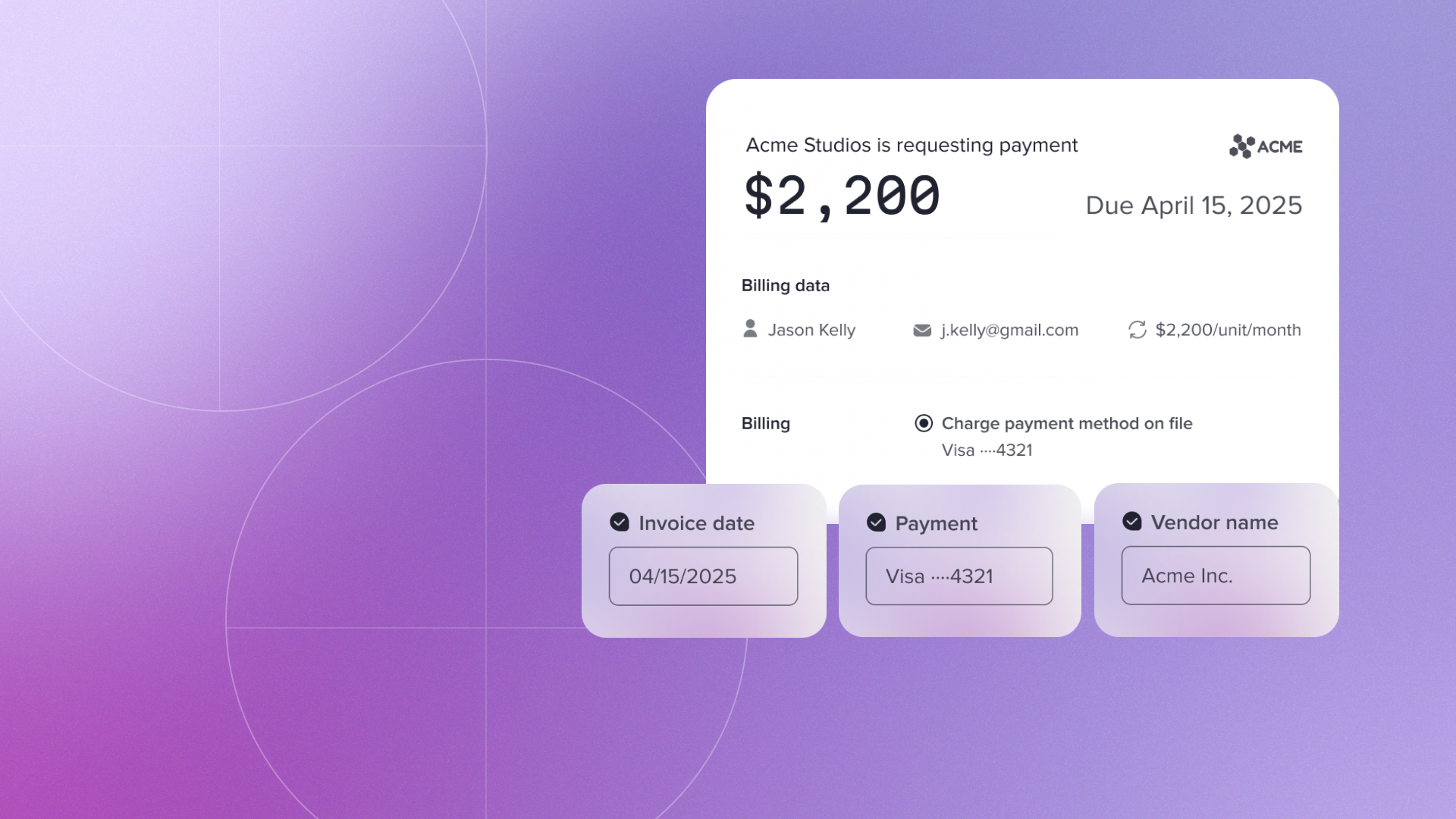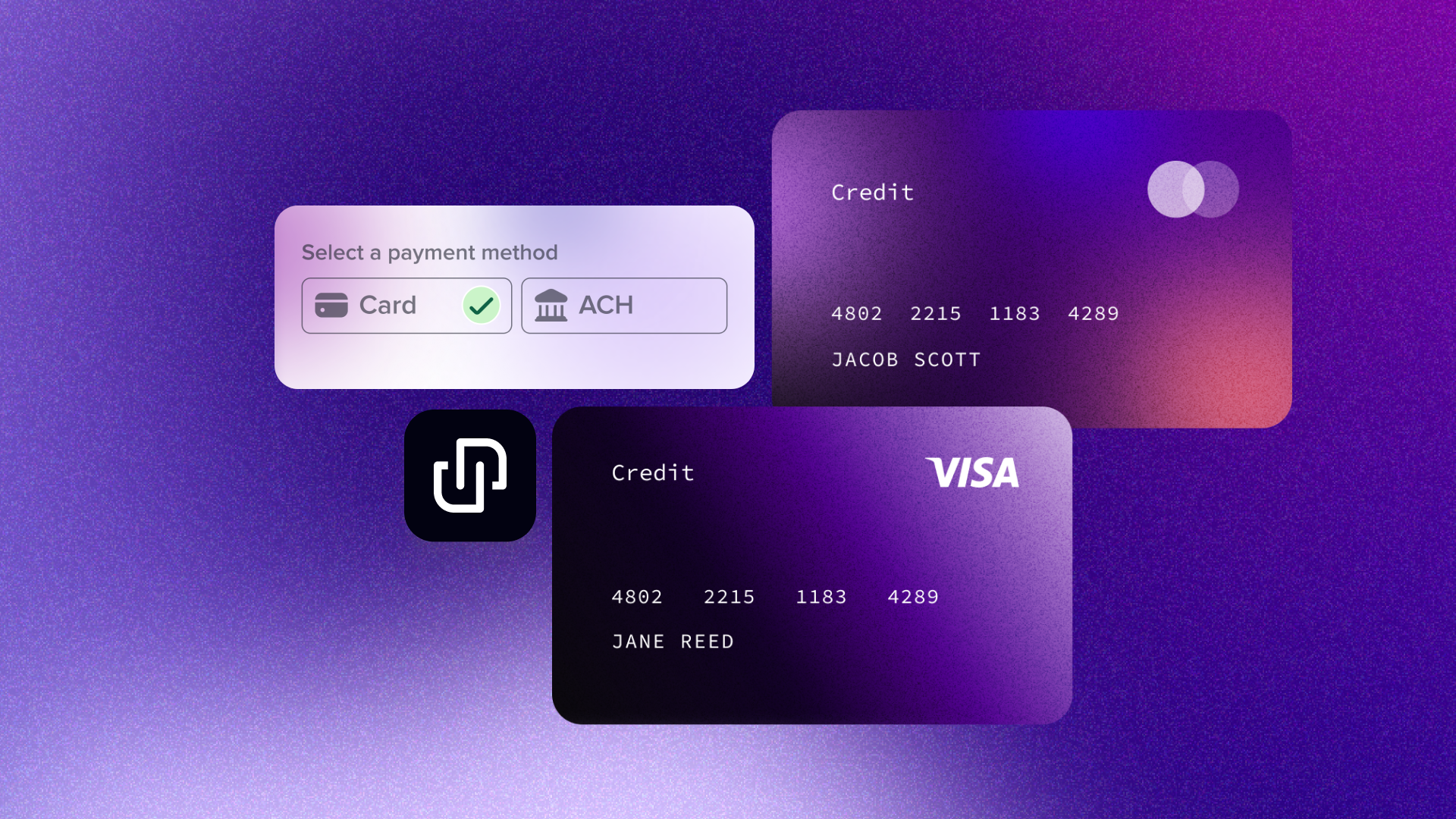
Introduction
In today's rapidly evolving business landscape, business owners often face challenges when it comes to accessing the capital needed to fund their businesses. Traditional lending processes can be cumbersome, time-consuming, and inaccessible for many. However, with the advent of modern business lending, the industry has witnessed a significant transformation.
At Rutter, we have seen first-hand the proliferation of new types of business lending companies from revenue-based financing to commerce-sales based underwriting to venture debt to card offerings to next-gen corporate cards and neobanks. The rise of these new types of business lending companies has been powered by the Modern Lending Tech Stack.
In this post, we aim to educate product teams, founders and other folks operating in the B2B Fintech space around the Modern Lending Tech Stack. We focus on 3 key things:
1. The explosion of this new class of B2B Fintech companies from new types of lenders to neobanks powered by the Modern Lending Tech Stack
2. Key trends in the Modern Lending Tech Stack including the rise of alternative business data for underwriting, the automation of various operationally intensive tasks and early applications of generative AI for risk and fraud
3. How product teams should think about trade-offs when evaluating and picking providers for their lending stack based on the lending product they’re building, industry and customer segment they’re going after

What is the Modern Lending Tech Stack?
In the last few years, we have seen an explosion of companies helping enable companies to offer various lending products. These tools in the Modern Lending Tech Stack enable today's B2B Fintech companies to handle everything from acquisition to bank partnerships to underwriting to servicing loans without having to build these tools and programs from scratch. This allows teams to save on costs and human resources and launch business lending products a lot faster.
We initially saw this wave for consumer lending products but increasingly, existing infrastructure companies have started supporting B2B Fintech companies across the business lending and business banking use cases, and we’ve also seen net new companies focused on the business lending use case pop up as well with a lot of venture backing.
What are the key trends in the Modern Lending Tech Stack?
1. Rise of alternative types of business data - Business lenders are always trying to better underwrite businesses and ones ability to offer more types of lending products relies on their ability to access new types of data. While most Fintechs traditionally relied on banking data from providers like Plaid and MX to underwrite businesses, today, Fintechs leverage a variety of data sources across KYB state data (Middesk), accounting data (Rutter), commerce data (Rutter), employment data (Finch) and more. These additional data sources give Fintech companies a much more granular understanding of the health of a business allowing them to offer new types of underwriting products. An example of this would be Ramp’s commerce-sales based underwriting.
2. New ways to automate money movement, document processing, reporting, collections and other back office and compliance operations - A key part to the lending stack is being able to manager the money coming in and out of your accounts as your disbursing funds and collecting repayments. The ability of Fintechs to start offering more and more complex lending products has been driven by the fact that it’s now possible to automate bank money movement through providers like Dwolla and Modern Treasury. Additionally, other operationally intensive tasks that Neobanks typically needed to think about when launching new lending products can now be automated like document processing (Klippa), collections (TrueAccord) and debt capital reporting (Finley).
3. Bundling of services through banking as a service, orchestration and decisioning engines - One of the key components that has made it easy for any company to launch a card or lending program has been banking as a service companies like Moov and Synapse that make it even easier to start a lending or card program by creating pre-built building block for you to leverage when setting up specific type of card, lending or credit programs based on your target market and persona you’re going after. Additionally, we’ve seen the rise of orchestration and decisioning companies like Alloy, Noble and Lendflow that make it easy to integrate all these new data sources and use a no-code platform to create decisioning rules and if-then statements around these data sources without having to write any code to connect to these APIs.
4. Applications of Machine Learning & AI for Risk & Fraud - With the rise of generative AI, many Fintechs have started to think about ways to leverage this new technology in their products. Several companies have recently made announcements around how they plan to leverage this in risk and fraud use cases including this Medium blogpost that B2B payments company Slope released. We imagine that risk and fraud players like Sentilink, Socure, and the like will start thinking about how they can leverage the power of Generative AI as well to take advantage of their large data sets for these use cases.
What factors should product teams consider when evaluating solutions from the Modern Business Lending Stack?
“It made sense for us to just use one API and integrate with one solution vs using 5-10 different APIs. When choosing a vendor, we prioritized three criteria: ease of use, reliability, and platform coverage. We went with Rutter because they had the most tech-forward engineering team, provided the best commerce and payment platform integrations, and offered a very smooth onboarding experience.” - Sam Packard, Senior Product Manager at Ramp
We’ve worked with several product teams and have noticed a few key questions that teams take into consideration:
1. Who is your target market? The first thing you need to consider and really understand is your target market and audience. This will inform the types of data you can collect and use for underwriting and this will also inform the types of lending products you would be able to offer based on their needs. Today, there are several Fintechs solely focused on providing vertical lending products like corporate cards tailored towards a specific industry or market segment (SMB vs Enterprise). So understanding your target audience is important before deciding what tech stack to use.
2. What types of lending products are you looking to offer? The business lending market has grown tremendously the last few years through the Fintech boom so product teams need to think through which product they want to start out with. Would you be better off offering a charge card vs credit card vs debit card product vs financing product? These all have different implications to your business model as well.
3. What are your competitive advantages as a company? There will be some companies that decide to build their own payment, banking or accounting integrations from scratch because it’s a very key part of their workflow or they need a very specific type of integration and something they cannot outsource. But for most B2B Fintech companies, a lot of these integrations is not where their secret sauce lies and being able to move faster through using out of the box providers is more important for them.
4. What is the best use of your product and engineering resources? From several conversations with product and engineering leaders, when it comes to build vs. buy, what it really comes down to is opportunity cost of product and engineering resources. So a big question every team should be asking themselves is what are the top priorities that product and engineering should be focused on and being okay with using third party providers to fill in the gaps.
----
Rutter is a Unified API providing data connectivity for B2B Fintech products. Rutter API enables fast-growing companies such as Ramp, Mercury, Airwallex, and Parafin to read and write data to many commerce, accounting, and payment platforms (such as Quickbooks, NetSuite, Xero, Sage, Amazon, WooCommerce, BigCommerce and Shopify) with one integration.
Ready to get started? Schedule a Demo to learn more.
One API, endless B2B fintech product possibilities.





